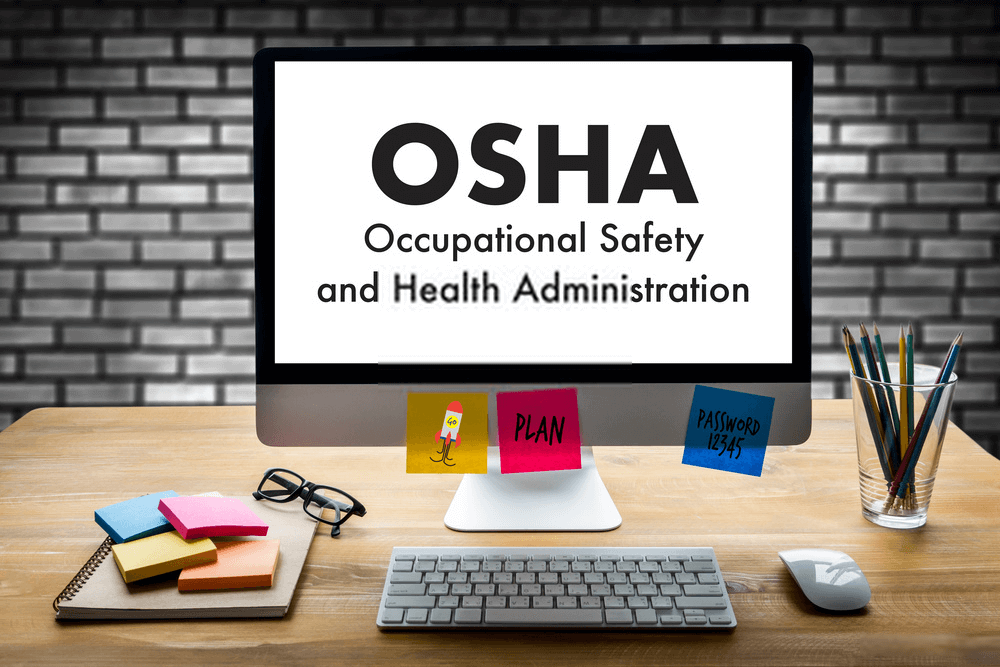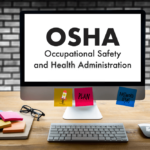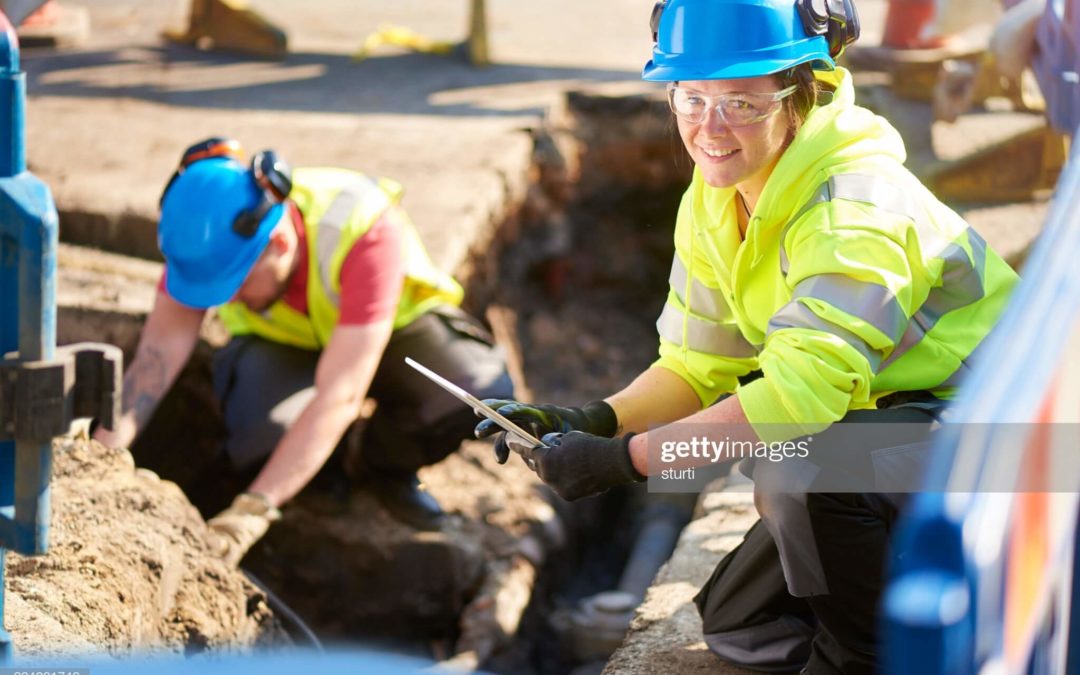How Effective is EHS Training to Employees?
Workplace training has evolved over the years. In time past, employees never benefited from any training. Once a new process was developed or a new machinery was bought, most organizations expect employees to learn as they go; on-the-job with hopes that the knowledge employees gain through the OTJ is sufficient.
Truth is, in most cases, it was and production went on as is. But little wonder that safety information was not always spelt out on machinery or equipment. It behooves employers to recognize the lack of safety information and bridge the gap for employees.
Fast forward to today, employers had evolved in their thinking; at least for the most part. Most employees are now getting the training they require to do a job safely but the questions that must be asked are: In spite of all the trainings employers are obligated to provide their workforce, are employees competent? Are employees safer today and better equipped to understand hazards associated with the jobs they perform once they complete a training?

Photo Credits: Nakhon Ratchasima
How Long Does EHS Trainings Take?
Environmental, health and safety (EHS) trainings alone could take weeks to complete. EHS topics are numerous. For employees to comply with regulatory EHS training, companies may have to shell out thousands of dollars for the training and the production hours that goes into these trainings. In doing so though, how competent are employees and does completing these trainings translate to a safer workplace? EHS leaders must understand the grey areas associated with ineffective training that results in waste of capital and time. EHS leaders must begin to explore ways to enhance training effectiveness.
Ways to Enhance Training Effectiveness
Firstly, who are the audience that must benefit from the training? Once EHS leaders identify the recipient of the training they could begin to tailor the training to the employee’s needs, and based on the job function and tasks. Simply put, a training needs assessment must be completed.
Secondly, EHS leaders must find out from other industries what works. Yes, before shelling out that money or shutting down production to conduct training for the site, how about benchmark with other industries to find out what methods of training, delivery and strategies work for the type of operation or industry the employees work? For example, some training requires show-and-tell while others require tell only. It’s important that the differences be understood by both EHS leaders, trainers and employees. Some training based on the Occupational Safety & Health Administration, Environmental Protection Agency, Chemical Safety Board and Department of Transportation provide videos showing real events that humanize workplace incidents enough for employees to take away from. This is proven to enhance the effectiveness of training.
Thirdly, test of competency – the show part is applicable to numerous EHS topics. For example, how could someone who has never used a forklift sit through PowerPoint presentations and then get a certificate of completion of Forklift training? It is impossible. To test knowledge of understanding of the safe use of a forklift, the employee would have to demonstrate their competency. The same applies to other safety topics such as lock-out-tag-out (LOTO) where the LOTO procedures would have to be demonstrated by the employees based on their site’s procedures.
Also, critical thinking should be incorporated into the training exercise. Shouldn’t training help employees understand the what to do in different scenarios? Why not challenge the employees to demonstrate knowledge of the what-if? The training should include scenarios that allow employees to proffer solutions to how-to for situations that are no normal processes which often results during operations.

Getting Feedback From Trainees is Important
Borrowing some agile framework terms on the concept of daily scrum, EHS leaders should seek to get real time feedback from employees following the completion of a training or safety meetings. Employees should assess how they received the training and how they plan to apply the knowledge gained in their job tasks. For example, have employees complete a job hazard analysis (JHA). Let the employees design the JHA themselves and come up with the different hazards and corrective actions. That might be a great place to start in testing how effective the trainings are and whether employees demonstrate training competency.
How does your organization currently deal with training effectiveness and employee competency? Are employees safer today and better equipped to understand hazards in your organization? Share your comment below.












